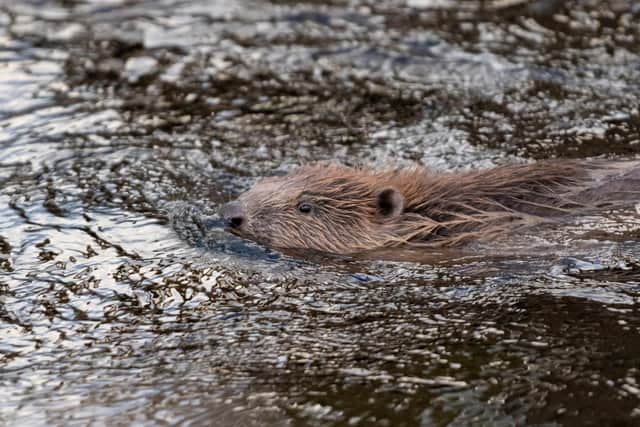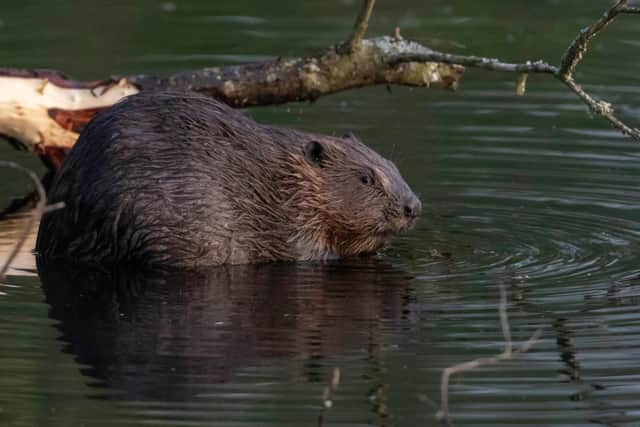Video: Watch as beavers are released back into Derbyshire for the first time in centuries
and live on Freeview channel 276
The Beaver Trust worked with Derbyshire Wildlife Trust and Five Sisters Zoo to bring beavers into a protected wetland yesterday.
The beavers will live in an area of 40 hectares, protected by a beaver proof fence, and will share the space with native plants and trees which provide the food variety they need to survive. Contrary to popular belief, beavers are herbivores, so any local fish will be safe.
Advertisement
Hide AdAdvertisement
Hide AdAdditionally, the beavers will not devastate tree life in the area because they don’t kill trees – they coppice them. This means that they cut down trees and plants, allowing them to grow back and leaving more space for wildlife.


Two beavers, one male and one female, were brought to Willington, South Derbyshire from the river Tay in Scotland, and another family is expected soon.
By digging canal systems and damming water courses, beavers create diverse wetland areas and homes for other animals such as otters, water voles and water shrews.
The beaver fencing is to an exact specification from Natural England that has been agreed following a full site survey with the anticipated flood risk and levels appropriately considered to ensure the beavers are safe and don’t escape.
Advertisement
Hide AdAdvertisement
Hide AdDerbyshire Wildlife Trust don’t know if the beavers will build dams, but they have not ruled the possibility out. Beavers build dams to create lagoons in which they can better protect themselves from predators and in which they often build their family lodges which are accessed from underwater.


Egginton Brook flows through the beaver zone, and they could create new lagoons by damming it but that is not a certainty.
The Trust will build a temporary lodge for the beavers but once they are settled they will build their own fairly quickly. The scheme will cost several thousand pounds per beaver, but the Trust expects it to produce environmental benefits which will be more than worth the outlay.
Beavers are able to quickly make a positive impact on the landscape they occupy – they slow the flow of water in their habitat, reducing the chance of flooding further downstream.
Video courtesy of Elliot McCandless at the Beaver Trust.